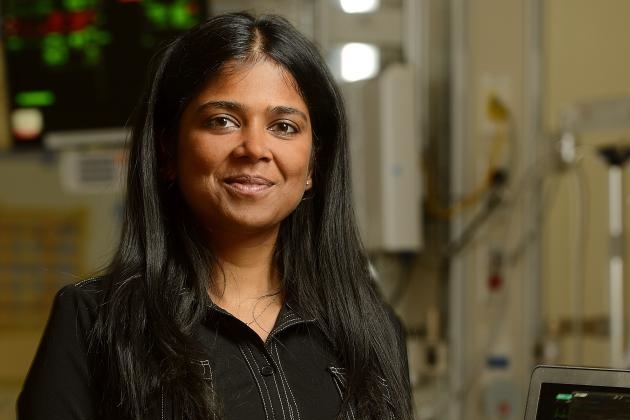22 July 2022. A system using machine learning algorithms is shown to provide early warnings about sepsis developing in hospitalized patients, reducing injury and death. A team from Johns Hopkins University in Baltimore and medical analytics company Bayesian Health in New York report their findings in three papers appearing yesterday in the journals Nature Medicine and npj Digital Medicine.
Bayesian Health offers the Targeted Real-time Early Warning System, or Trews, based on artificial intelligence, that alerts clinicians of incipient signs of sepsis developing in hospitalized patients. Sepsis ia a life-threatening infection, most often from bacteria, and a continuing problem in health care facilities. When sepsis occurs, it often triggers a chain of over-reactions in the immune system that spreads quickly in the body leading to tissue damage, organ failure, and death. According to Centers for Disease Control and Prevention, the vast majority of sepsis cases (87%) begin outside of a hospital, but require intensive emergency care. CDC says 1.7 million Americans develop sepsis each year, leading to 270,000 deaths, or one in three deaths in hospitals.
The Trews system, says Bayesian Health, is based on data from a range of sources covering patient health records, labs, medications, health care providers, and individual doctors and nurses, including their notes and communications. These data train machine learning algorithms to identify early indicators in patient hospital records for infections that can develop into different types of sepsis. The company says the system aims to provide precise and timely signals as well as actionable and reliable warnings to clinicians, to prevent alert-fatigue where valid warnings are ignored.
The main Nature Medicine paper reports on a study at five hospitals in the Baltimore and Washington, D.C. region, with nearly 591,000 adult patient emergency-department encounters, from April 2018 through September 2020, all of whom tracked with the Trews system. Of those patients, nearly 7,000 were identified with sepsis, then given antibiotics as treatment. The study team focused on the amount of time between a sepsis alert from Trews and confirmation by a clinician, with some 4,200 sepsis alerts confirmed within three hours, and nearly 2,700 alerts confirmed after three hours. The system also flagged patients considered at higher risk of injury or death.
Identify patients most at risk for sepsis and needing early treatment
The study team found where alerts are confirmed within three hours, sepsis patients face lower risks of organ failure and death, as well as shorter hospital stays, than patients whose alerts take more than three hours for confirmation. These differences, say the researchers, are more pronounced among higher-risk patients. The authors conclude heeding early warnings from systems like Trews can identify patients most at risk for sepsis and needing quick treatment, as well as result in better outcomes for hospitalized patients.
Suchi Saria, professor of computer science, engineering, and public health at Johns Hopkins University and one of the senior authors on the paper, says in a university statement, “It is the first instance where A.I. is implemented at the bedside, used by thousands of providers, and where we’re seeing lives saved. This is an extraordinary leap that will save thousands of sepsis patients annually. And the approach is now being applied to improve outcomes in other important problem areas beyond sepsis.”
A companion paper appearing yesterday in Nature Medicine (paid subscription required) analyzes more than 9,800 retrospectively identified sepsis cases, where the Trews system achieved an 82 percent rate of true-positive sensitivity and 89 percent adoption by physicians at the hospitals in the study. A separate paper in npj Digital Medicine reports clinicians are more likely to use a system like Trews when perceived as a partner rather than surrogate for their professional judgement.
Saria is also founder of Bayesian Health. She notes in a company statement released through BusinessWire, “These results showing high physician adoption and associated mortality and morbidity reductions are a milestone for the field of A.I. and are the culmination of nearly a decade of significant technological investment ….”
More from Science & Enterprise:
- AI Analytics Find New ALS Genetic Drug Targets
- AI Image Analysis Shown to Predict Embryo Health
- Trial Underway of AI Depression Guidance System
- Digital Biomarkers Reveal Alzheimer’s Gender Differences
- AI Drug Company Creating Covid-19 Therapy for Rapid Delivery
We designed Science & Enterprise for busy readers including investors, researchers, entrepreneurs, and students. Except for a narrow cookies and privacy strip for first-time visitors, we have no pop-ups blocking the entire page, nor distracting animated GIF graphics. If you want to subscribe for daily email alerts, you can do that here, or find the link in the upper left-hand corner of the desktop page. The site is free, with no paywall. But, of course, donations are gratefully accepted.
* * *


 RSS - Posts
RSS - Posts
You must be logged in to post a comment.